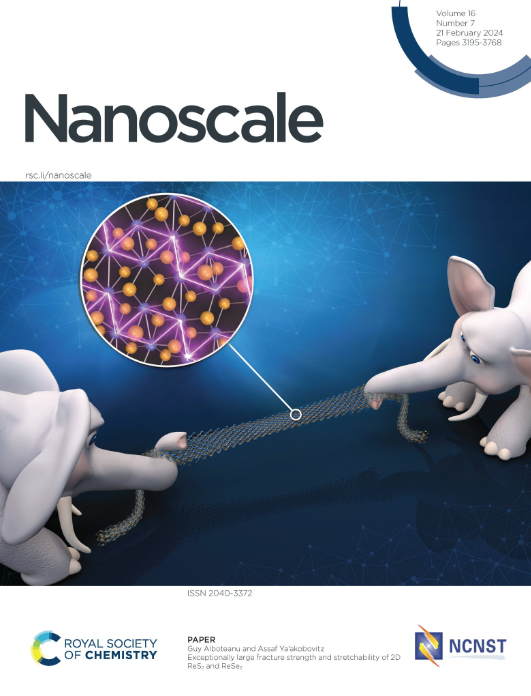多金属酸氧基复合材料用于生物分子检测电化学生物传感器的研究进展
IF 5.1
3区 材料科学
Q1 CHEMISTRY, MULTIDISCIPLINARY
引用次数: 0
摘要
聚金属氧酸盐(pom)作为一类众所周知的金属氧簇材料,具有优异的多电子氧化还原活性、可逆电子转移能力和结构可调性,是电化学生物传感器(ECBSs)电极修饰材料的理想选择。为了进一步提高其性能,pom通常与导电材料结合形成pom基复合材料(pomcm)。这些POMCMs协同提高了电子传递效率,稳定了生物识别元件,放大了电化学信号,从而显著提高了ecbs的灵敏度和选择性。因此,集成了pomcm的ecbs能够对广泛的生物分子进行敏感检测。本文综述了pomcm修饰电极的制备方法,阐述了pomcm集成ecbs的工作原理,并重点介绍了2020年以来生物分子检测的主要进展。最后,讨论了pomcm集成ecbs目前面临的挑战,以及解决这些问题的潜在策略,最终目标是促进下一代高性能ecbs的发展。本文章由计算机程序翻译,如有差异,请以英文原文为准。
Recent research progress in polyoxometalate-based composite materials applied to electrochemical biosensors for biomolecule detection
Polyoxometalates (POMs), as a class of well-known metal-oxygen cluster materials, have exhibited exceptional multi-electron redox activity, reversible electron transfer capabilities and structural tunability, which render them promising candidates as electrode modification materials for electrochemical biosensors (ECBSs). To further enhance their performances, POMs are often combined with conductive materials to form POM-based composite materials (POMCMs). These POMCMs synergistically improve electron transport efficiency, stabilize biological recognition elements and amplify electrochemical signals, thereby significantly enhancing the sensitivity and selectivity of ECBSs. Consequently, POMCM-integrated ECBSs have enabled the sensitive detection of a wide range of biomolecules. This review summarizes the preparation methods of POMCMs as modified electrodes, elucidates the working principles of POMCM-integrated ECBSs and highlights major recent advances in biomolecule detection since 2020. Finally, current challenges facing POMCM-integrated ECBSs are discussed, along with potential strategies for addressing these issues, with the ultimate aim of facilitating the development of next-generation high-performance ECBSs.
求助全文
通过发布文献求助,成功后即可免费获取论文全文。
去求助
来源期刊

Nanoscale
CHEMISTRY, MULTIDISCIPLINARY-NANOSCIENCE & NANOTECHNOLOGY
CiteScore
12.10
自引率
3.00%
发文量
1628
审稿时长
1.6 months
期刊介绍:
Nanoscale is a high-impact international journal, publishing high-quality research across nanoscience and nanotechnology. Nanoscale publishes a full mix of research articles on experimental and theoretical work, including reviews, communications, and full papers.Highly interdisciplinary, this journal appeals to scientists, researchers and professionals interested in nanoscience and nanotechnology, quantum materials and quantum technology, including the areas of physics, chemistry, biology, medicine, materials, energy/environment, information technology, detection science, healthcare and drug discovery, and electronics.
 求助内容:
求助内容: 应助结果提醒方式:
应助结果提醒方式:


